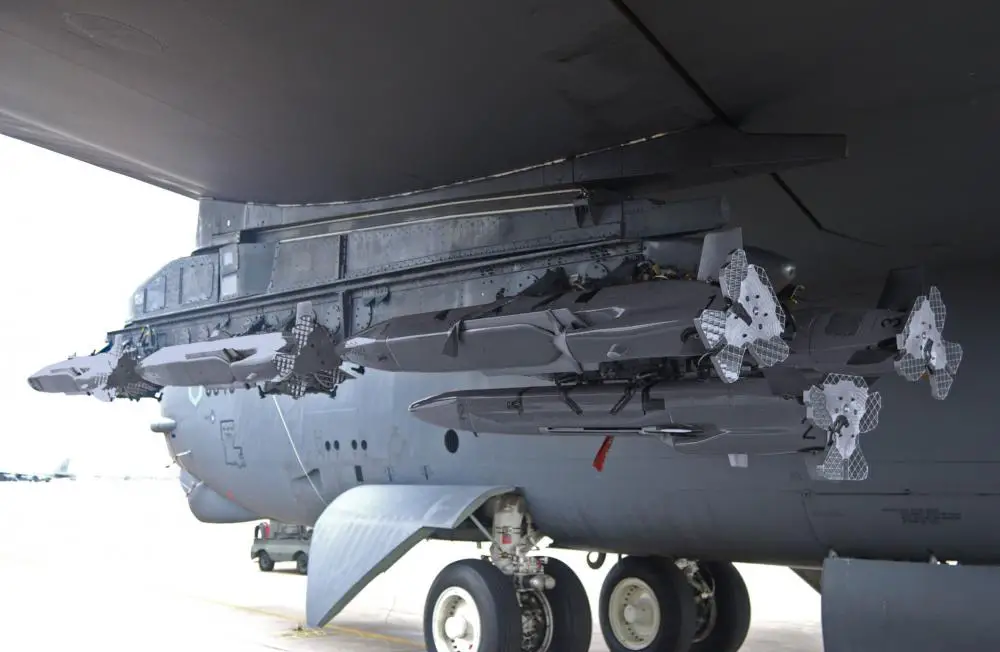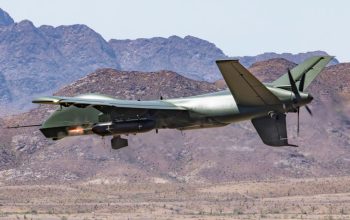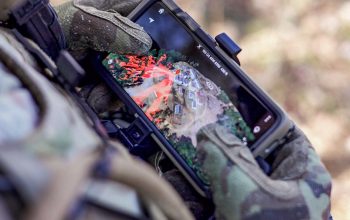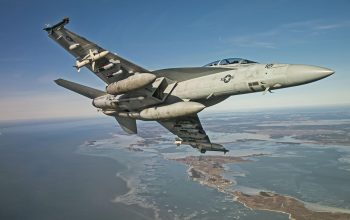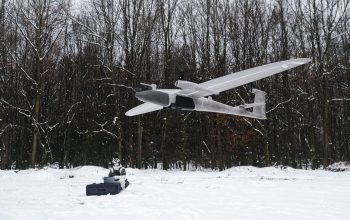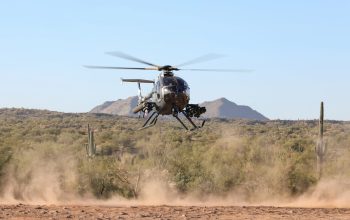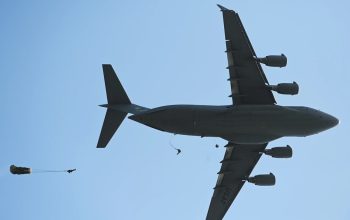Raytheon Missile and Defense, Tucson, Arizona, has been awarded a $21,803,804 cost-plus-fixed-fee contract for sustainment services associated with the ADM-160B, ADM-160C and C-1 Miniature Air Launched Decoy (MALD) Jammer. The ADM-160 MALD (Miniature Air-Launched Decoy) is a decoy missile developed by the U.S. Air Force. Work will be performed in Tucson, Arizona, and is expected to be completed May 14, 2023. This award is the result of a sole-source acquisition. Fiscal 2020 operations and maintenance funds in the amount of $1,500,000 are being obligated at the time of award. Air Force Life Cycle Management Center, Robins Air Force Base, Georgia, is the contracting activity.
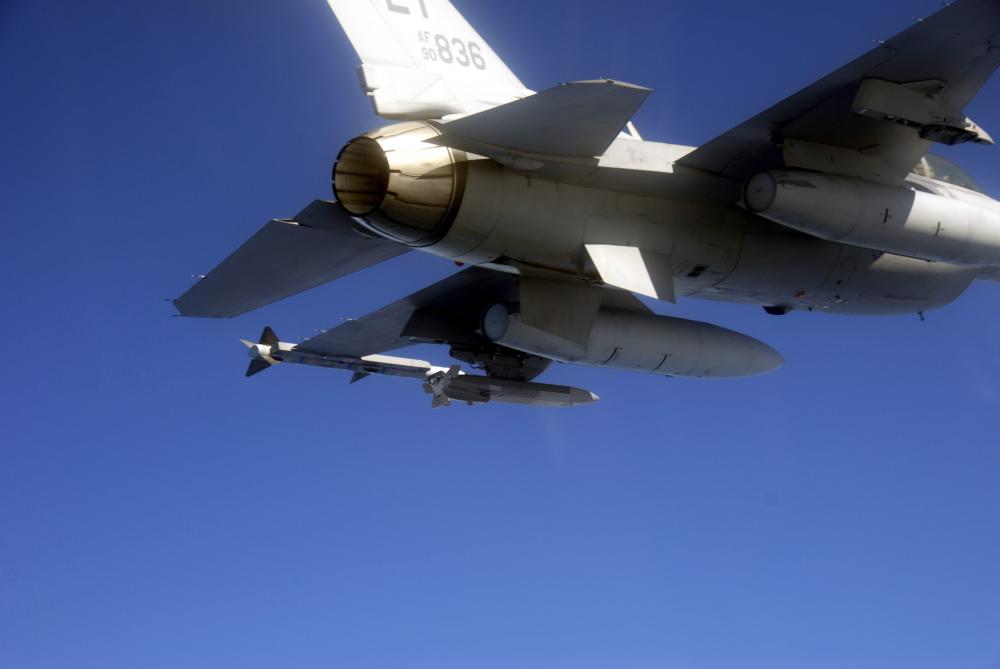
The Miniature Air-Launched Decoy (MALD) program was begun in 1995 by DARPA as an effort to develop a small, low cost decoy missile for use in the Suppression of Enemy Air Defenses. Teledyne Ryan (acquired by Northrop Grumman in 1999) was granted a development contract for the ADM-160A in 1996, and the first test flight took place in 1999. In 2002, the USAF renewed its interest in an air-launched decoy and started a new industry-wide competition for a variant with greater endurance. The Raytheon ADM-160B is similar in configuration to the ADM-160A, but has a trapezoidal fuselage cross section and is larger and heavier. It is powered by a Hamilton Sundstrand TJ-150, a more powerful variant of the TJ-50.
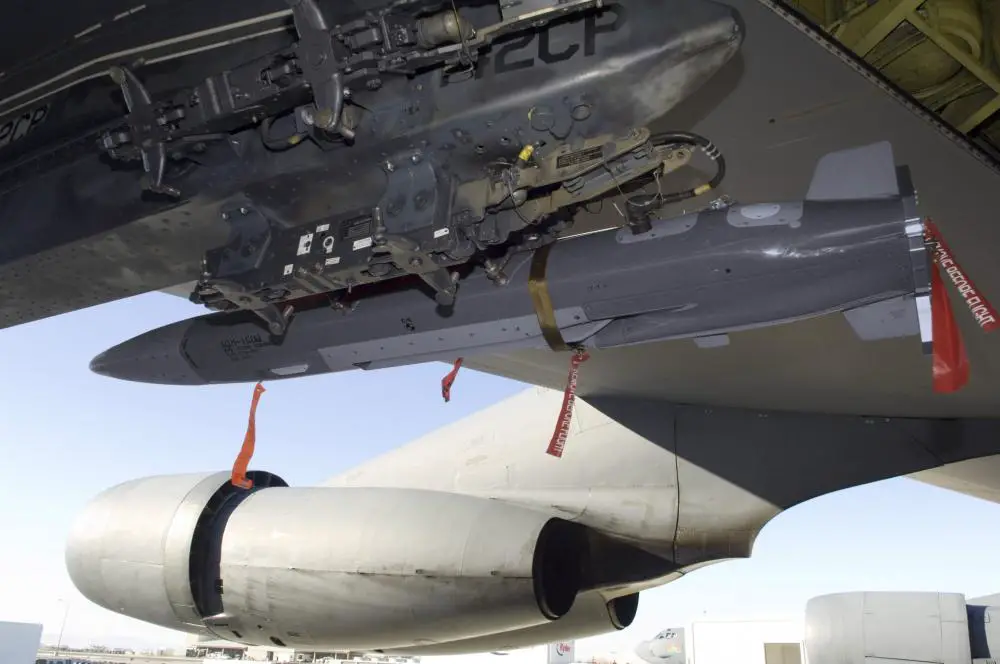
The first ADM-160B was delivered in Spring 2009. In 2010 an “operationally significant quantity” of the drones were delivered to the Air Force.[4] The USAF currently plans to procure about 1,500. In 2008 a contract for a jamming variant MALD-J was awarded to Raytheon. It made its first freefall test in 2009 and passed its critical design review in early 2010. The first MALD-J was delivered to the Air Force on September 6, 2012. On September 24, Raytheon started operational testing, achieving four successful flights out of four launches. In April 2015, the MALD-J completed operational testing, satisfying all requirements in 42 flight tests over the last two years.
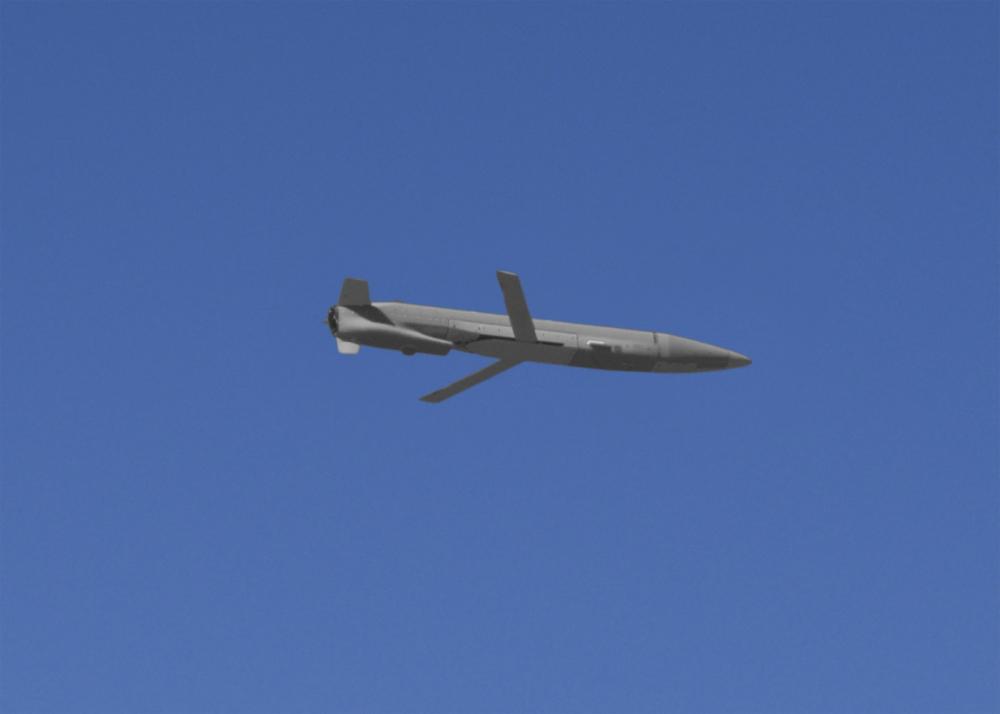
In May 2014, Raytheon delivered the 1,000th MALD-J to the Air Force as part of the Lot 5 production contract. In December 2014, a MALD-J was test-flown with a radio data-link to expand situational awareness and allow for in-flight targeting adjustments. The MALD-J decoy is the jammer variant of the basic decoy and the first ever stand-in jammer to enter production. The unmanned system can operate alone or in pairs, and moves much closer to the victim radar than conventional electronic warfare when jamming electronics. It’s able to loiter in the target area, allowing plenty of time to complete the mission.
